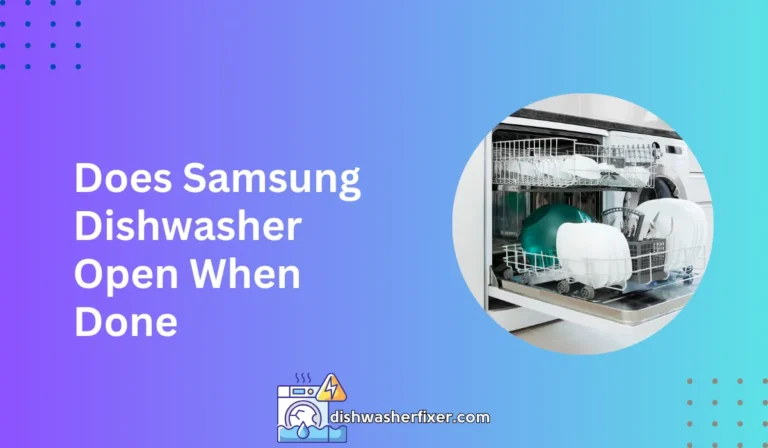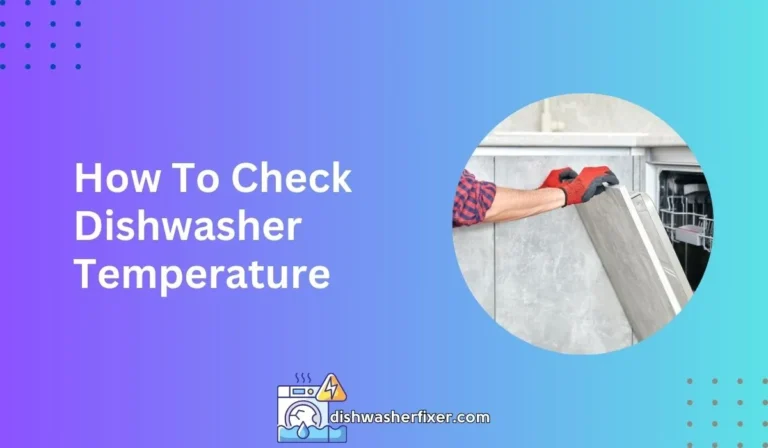How to Drain Bosch Dishwasher: Quick & Easy Guide
To drain a Bosch dishwasher, first, turn off and unplug the appliance. Remove the bottom rack and filter, then scoop out water. Clean the drain and filter, reassemble, and run a short cycle to test.
Step-by-Step Guide to Manually Draining Your Bosch Dishwasher
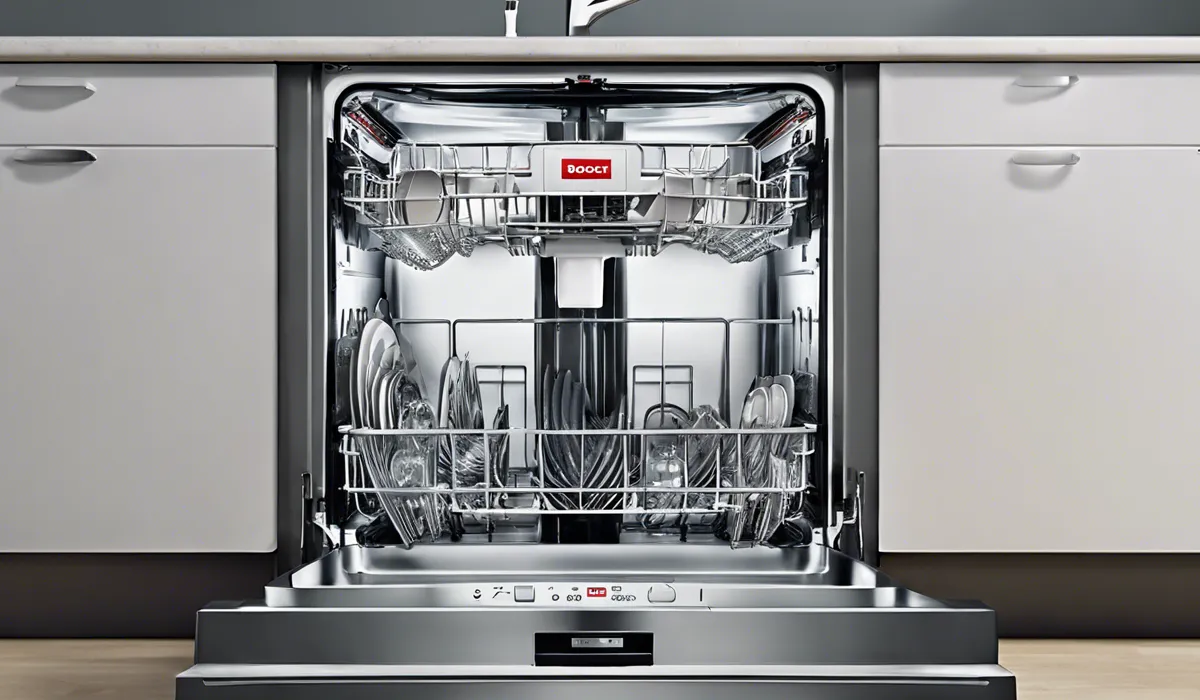
Gather Necessary Tools and Safety Equipment
Before you begin the process of manually draining your Bosch dishwasher, it is important to gather all the necessary tools and safety equipment.
You will need a pair of gloves to protect your hands, a screwdriver to remove panels, and a shallow pan or container for collecting water.
Also, have a few towels on hand to manage any spills. Safety goggles are recommended to prevent any splashes from getting into your eyes.
Turn Off Power and Water Supply to the Dishwasher
Ensure your safety by turning off the power supply to the dishwasher at the circuit breaker. Additionally, shut off the water supply valve typically located under the kitchen sink.
This step is crucial to prevent electrical hazards or water damage during the draining process.
Locate and Remove the Dishwasher’s Toe-Kick Panel
The toe-kick panel is located at the bottom front of your dishwasher and can usually be removed by taking out a few screws. Removing this panel will give you access to the components necessary for manual drainage.
Detach the Dishwasher from Its Position
If your dishwasher is built into cabinetry, you will need to carefully detach it from its position to access the drain hose. Be gentle to avoid damaging your counters or the dishwasher itself.
Place Towels and a Shallow Pan or Container Beneath the Dishwasher
Before disconnecting anything, place towels on the floor to absorb water and position a shallow pan or container beneath the dishwasher to catch the drained water.
Find the Drain Hose and Water Inlet Line
Locate the drain hose connected to the dishwasher’s pump. The water inlet line should also be identified, although it’s not necessary to disconnect it for drainage.
Disconnect the Drain Hose from the Plumbing
Using a pair of pliers, carefully disconnect the drain hose from where it attaches to the plumbing. Be prepared for water to begin draining out at this point.
Drain Water into the Pan or Container
Allow the water from the dishwasher to drain into the prepared pan or container. You may need to tilt the hose slightly to ensure all the water drains out.
Check for and Remove Any Clogs from the Hose or Pump
Inspect the hose and pump for any blockages. If you find any clogs, remove them carefully to ensure proper drainage. This step is crucial for maintaining the functionality of your dishwasher.
Reattach the Drain Hose and Check for Leaks
Once the water has been drained and any blockages have been cleared, reattach the drain hose to the plumbing. Run a short cycle to ensure there are no leaks and that the dishwasher is draining correctly.
Troubleshooting Common Drainage Problems
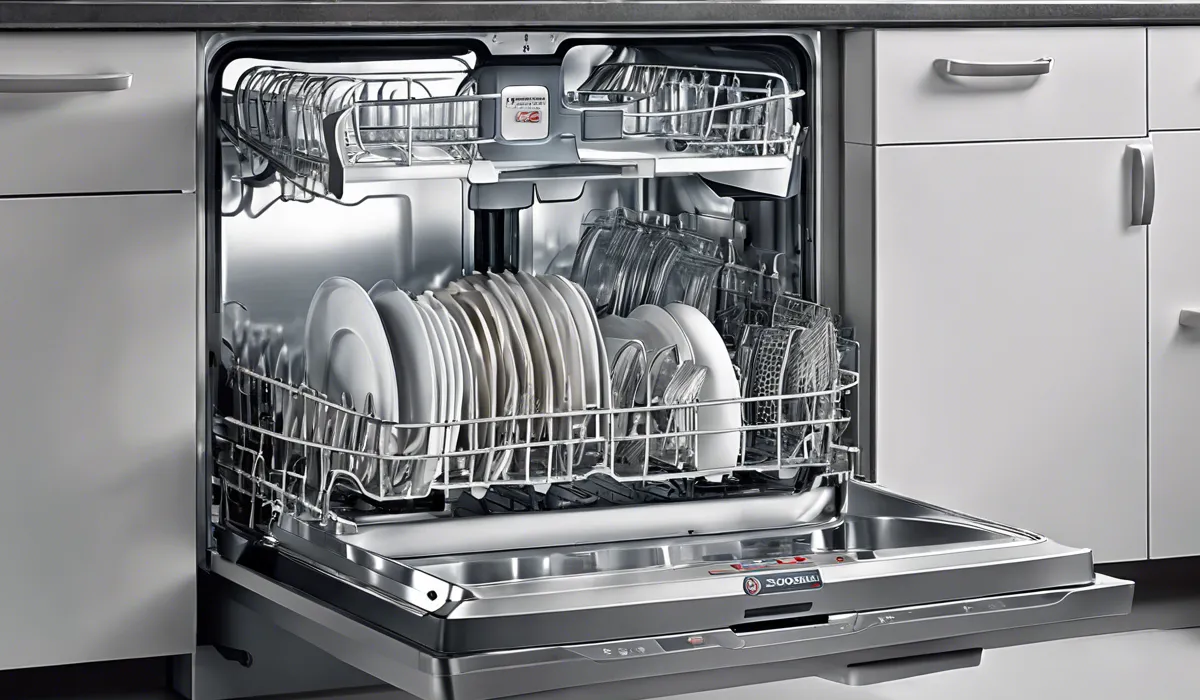
Identify Symptoms of Drainage Issues
Be aware of signs that your dishwasher is not draining properly, such as water remaining in the bottom after a cycle, unusual sounds, or error codes displayed on the control panel.
Recognizing these symptoms early can prevent more significant issues.
Inspect and Clean the Dishwasher Filter
Regularly inspect and clean the dishwasher filter, which is located at the bottom of the appliance. A clogged filter can restrict water flow and cause drainage problems.
Check and Unclog the Air Gap or Garbage Disposal if Connected
If your dishwasher is connected to an air gap or a garbage disposal, ensure that these are not clogged. A blockage in these areas can prevent your dishwasher from draining properly.
Examine and Ensure the Drain Hose is Not Kinked or Improperly Installed
Check the drain hose to make sure it is not kinked or installed incorrectly, as this can restrict water flow. The hose should run high up before connecting to the household plumbing to prevent backflow.
Reset the Dishwasher’s System if Necessary
If you experience persistent drainage problems, try resetting your dishwasher according to the manufacturer’s instructions. This can often resolve electronic issues that may be causing the problem.
Test the Dishwasher’s Drain Function with a Fresh Cycle
After troubleshooting, run a fresh cycle to test the drain function. If the dishwasher now drains properly, you’ve successfully resolved the issue.
Preventive Maintenance to Avoid Future Drainage Issues
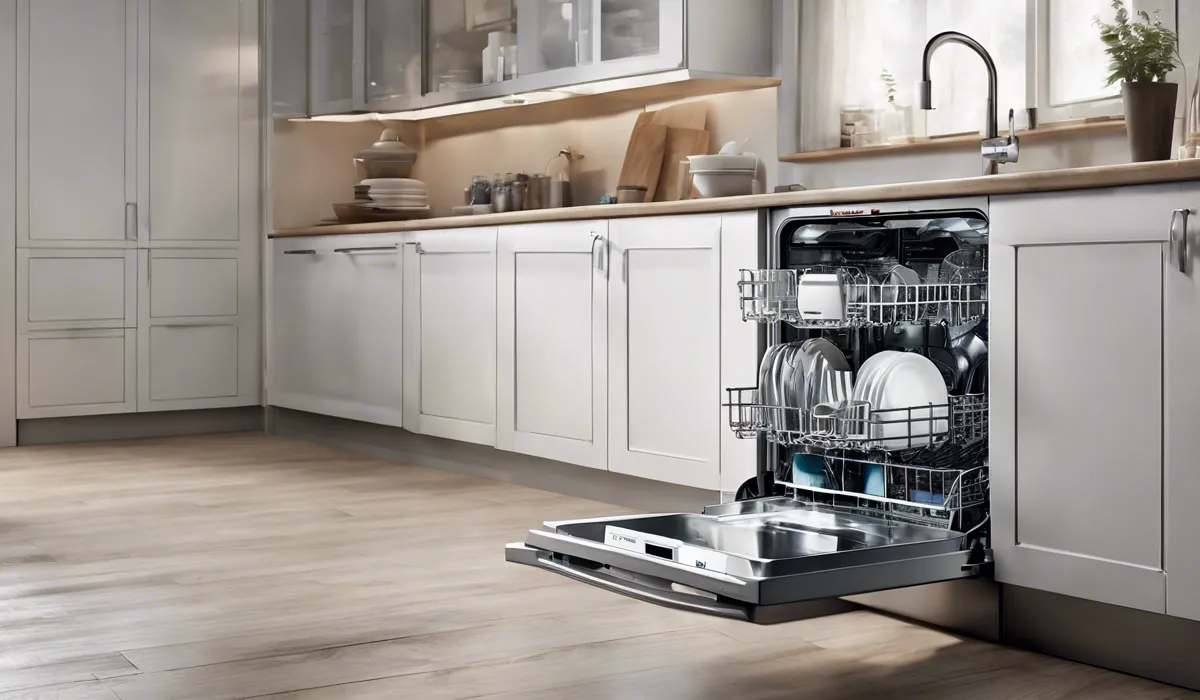
Regular Cleaning of the Dishwasher Filter and Trap
Maintain your dishwasher’s performance by cleaning the filter and trap regularly. This simple routine can prevent debris from clogging the system.
Proper Loading of Dishes to Prevent Blockages
Load your dishes correctly to ensure that water can circulate freely during the cycle. This prevents food particles from blocking the drain.
Routine Checks of the Drain Hose and Air Gap
Periodically check the drain hose and air gap for any signs of wear or blockage. Keeping these components in good condition is essential for proper drainage.
Use of a Dishwasher Cleaner to Remove Buildup and Odors
Using a specialized dishwasher cleaner can help remove buildup and odors that may contribute to drainage problems. It’s a simple way to keep your dishwasher fresh and efficient.
Recommendations for Monthly Maintenance Routines
Develop a monthly maintenance routine to inspect and clean your dishwasher’s key components. This routine upkeep can prolong the life of your appliance.
Tips for Detecting Early Signs of Drainage Problems
Stay vigilant for early signs of drainage problems, such as slow draining, gurgling sounds, or persistent odors. Addressing these issues early can prevent more serious complications.
FAQs About Draining Bosch Dishwasher
How do I start the process to drain my Bosch dishwasher?
To start draining your Bosch dishwasher, turn off the appliance and unplug it from the power source.
What should I remove from the dishwasher to access the drain?
Remove the bottom rack and the filter to access the dishwasher’s drain.
What should I do if there’s standing water in the dishwasher?
Scoop out any standing water from the dishwasher using a cup or a sponge before you clean the drain.
How do I clean the drain and filter in my Bosch dishwasher?
Clean the drain by removing any debris, and rinse the filter under running water before reassembling.
How can I test to see if my Bosch dishwasher is draining properly after maintenance?
After cleaning and reassembling, run a short cycle to ensure that the dishwasher drains correctly.
Final Thoughts
Draining a Bosch dishwasher involves turning off and unplugging the unit, removing the bottom rack and filter, and manually scooping out excess water.
It’s important to clean both the drain and filter before reassembly. To ensure functionality, run a short cycle after the process is complete.
